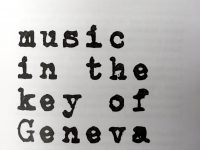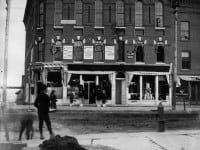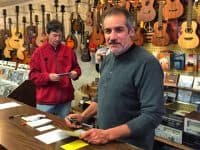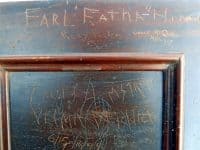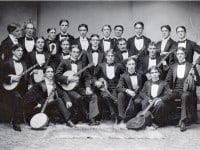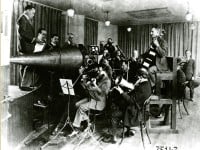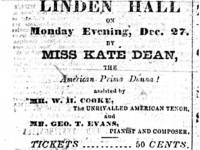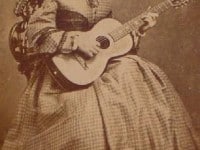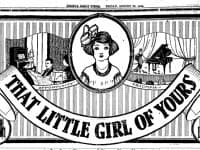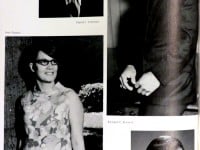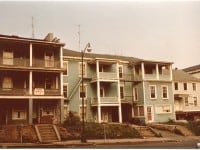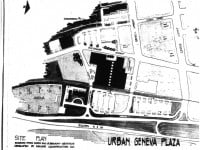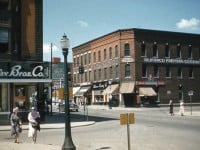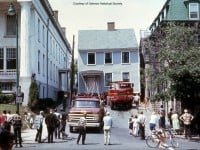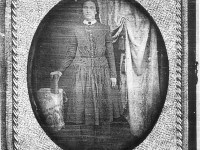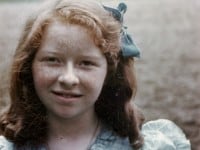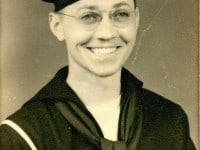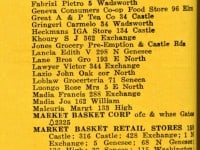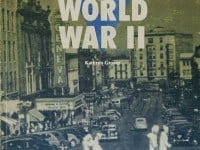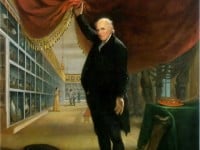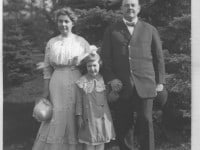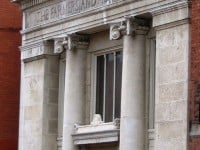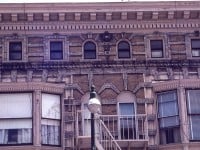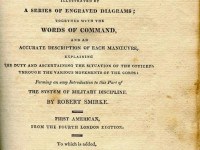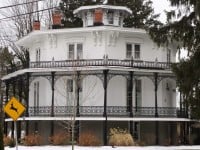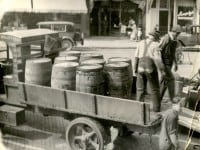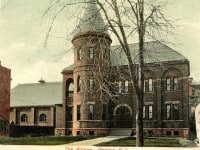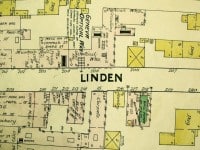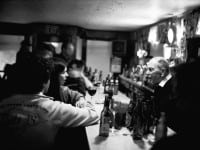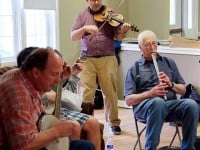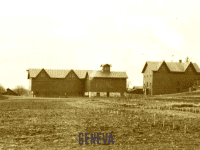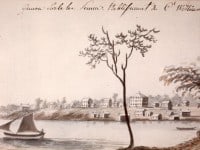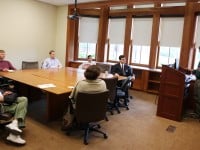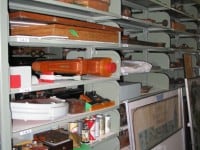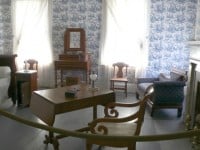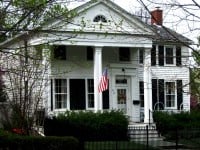-
January 6th, 2017
Excerpts from the Historical Society's zine about youth and music in Geneva.
-
December 22nd, 2016
Latest additions to our "Geneva Stories" video series and "Music in the Key of Geneva" podcasts.
-
December 2nd, 2016
The first in a series about classical music performances in Geneva.
-
October 14th, 2016
Brief history of music stores in Geneva, New York
-
September 9th, 2016
A piece from a piano provides a glimpse into Geneva's past.
-
August 12th, 2016
The first in a series about music in Geneva.
-
August 12th, 2016
Through National Jukebox, sample sound recordings can be found of various musicians who performed in Geneva in the early 1900s.
-
July 1st, 2016
I have been researching music in Geneva for several years. If I found a newspaper article while searching for something else, I saved it. In this way I came across a number of unfamiliar names who performed in Geneva in the 19th century. The advertisements, previews, and reviews certainly made them sound important, but who were they?
-
May 27th, 2016
Music is everywhere in Geneva for those with eyes to see. The digital marquee on Seneca Street, event flyers in many downtown store windows, and websites like www.thesmith.org.
-
April 21st, 2016
I have many favorite historical photos of Geneva, but the 1893 Hobart College Banjo & Glee Club is in my Top Ten. Those clothes, those haircuts, those instruments! As a player and fan of banjos and mandolins, I am interested in their popularity at that time.
-
March 25th, 2016
I have learned more as I work through the Historical Society archives, but there is much history not written down. We have an impressive list of village “firsts”: a hotel, a post office, a church, and a school. However, no one recorded the first person to bring a piano to town, or the name of the fiddler who played the first dance.
-
March 18th, 2016
Second part of a two-part series on the impact of 1960s Urban Renewal on Geneva, NY.
-
February 19th, 2016
Alice Askins wrote about live music in Geneva in the 1960s . As she pointed out, most groups played the hits of the day. If you wanted to hear the real thing, you bought the record.
-
January 22nd, 2016
A quick view of Hobart & William Smith Colleges during the tumultuous 1960s.
-
January 15th, 2016
The first video in a monthly series of short Geneva history stories, beginning with Urban Renewal.
-
December 17th, 2015
After two essays about urban renewal, both government and private, it’s time to turn to historic preservation.
-
November 13th, 2015
After seven years of applying for Urban Renewal money, evaluating property conditions and values, and organizing the work, demolition began in March 1966.
-
October 16th, 2015
For those of us of a certain age, urban renewal is the scapegoat for unpleasant change in our communities. “Why did they [always an unnamed “they”] tear down X, Y, and Z?” “Urban renewal.” While I sympathize with mourning the loss of what used to be, I wanted to find out what urban renewal really was, why communities embraced it, and who “they” were.
-
September 4th, 2015
Each year before college begins, Beloit College in Wisconsin puts out “The Mindset List” for the incoming freshman class. Originally compiled as a lark, it’s become a valuable tool for professors (and other adults) to understand an 18-year old’s perspective.
-
August 13th, 2015
I wrote in March about cleaning out the house in which I grew up. We needed to “de-clutter” it anyway to put it on the market so we did the bulk of the removal at the same time. All the dishes, books, cereal boxes, knick knacks, records, and “what is this and why did they save it?” left the house. It was a huge feat
More »
-
July 10th, 2015
I’ve posted photos to the historical society’s Facebook page for two and a half years. Digging further into the collection to come up with fresh material, I found this photo of Castle Street
-
June 19th, 2015
There’s a great line in the first Men In Black movie. Tommy Lee Jones is showing Will Smith alien technology, including a tiny compact disc, and says, “Looks like I’ll have to buy the White Album again.” Whether or not you liked the Beatles, it resonated with anyone who saw the change from vinyl records to tape (8-tracks and cassettes) to compact disc. In the
More »
-
March 27th, 2015
I’m cleaning out my parents’ house as we get ready to sell it. Mom passed away last fall and Dad left the house a week later to move into assisted living. Like many houses, the attic is packed with...stuff. For years before this, “what to do with the attic” periodically came up in conversation. Mom didn’t want to talk about it, Dad wrung his hands
More »
-
February 6th, 2015
The Corcoran family scrapbook documents one Geneva family's World War II experience from draft through marriage and life after the war.
-
December 18th, 2014
“Food deserts” are a current topic in government and academic research. The US Department of Agriculture defines the term as “urban neighborhoods and rural towns without ready access to fresh, healthy, and affordable food. Instead of supermarkets and grocery stores, these communities may have no food access or are served only by fast food restaurants and convenience stores that offer few healthy, affordable food options.
More »
-
November 20th, 2014
When we did our World War II project in the early 1990s, Kathryn Grover was hired to research, write, and lay out the exhibit and book, Close to the Heart of the War. As part of her contract, we received all her research notes for our archives. I recently pulled out one of the large boxes to look at her source material. Any project, i.e.
More »
-
October 24th, 2014
In 1995 we opened a major exhibit, Close to the Heart of the War: Geneva and World War II, and published a companion book. We conducted “history harvests” to identify people with stories, artifacts and photos. A researcher recorded many hours of oral history interviews and scoured local newspapers and records. So, why do World War II again? Is there anything left to say?
-
September 18th, 2014
By John Marks, Curator of Collections and Exhibits Charles Willson Peale is considered the father of American museums. (A painting by his son Rembrandt hangs in the main hallway of Rose Hill.) In 1786 he opened a museum of natural history in Philadelphia, which included an extensive portrait gallery; Peale justified this by saying man was at the top of the natural order. He charged
More »
-
August 22nd, 2014
The Herendeen family travels from Austria to Germany during the opening days of World War I.
-
July 18th, 2014
World War I breaks out during the Herendeen family's trip to Europe.
-
June 20th, 2014
By John Marks, Curator of Collections and Exhibits About 18 months ago I wrote about the details of national, state, and local historic preservation programs. They bear revisiting in the wake of the National Register of Historic Places approving the Geneva Downtown Commercial Historic District. The district includes most of traditional downtown, the rectangle formed by Seneca, Exchange, Castle, and Main Streets. Linden Street
More »
-
April 18th, 2014
Overview of downtown Architecture
-
March 21st, 2014
A discussion on the importance of the War of 1812.
-
February 21st, 2014
Overview of Geneva's residential architecture.
-
January 10th, 2014
Overview of businesses in Geneva during the 1920s.
-
December 17th, 2013
How people and businesses got around the 18th Amendment and Volstead Act during the 1920s
-
November 19th, 2013
Overview of the history of Geneva's Armory building.
-
October 21st, 2013
Geographically, Linden Street is the heart of downtown.
-
September 20th, 2013
Tips on doing research
-
August 23rd, 2013
The Geneva Historical Society's Facebook page.
-
July 17th, 2013
How music has been incorporated into various activities of the Geneva Historical Society.
-
June 18th, 2013
The exhibit creation process at the Geneva Historical Society
-
May 16th, 2013
Seneca Lake and its shore have always been valuable commodities to Geneva, but the nature of that value is always changing.
-
April 18th, 2013
Relationship between the Geneva Historical Society and Hobart and William Smith Colleges
-
March 19th, 2013
Why and how the Geneva Historical Society collects objects.
-
February 19th, 2013
Discussion of what is history.
-
January 25th, 2013
Historic Preservation 101
For more posts, please choose from the categories on the left.

